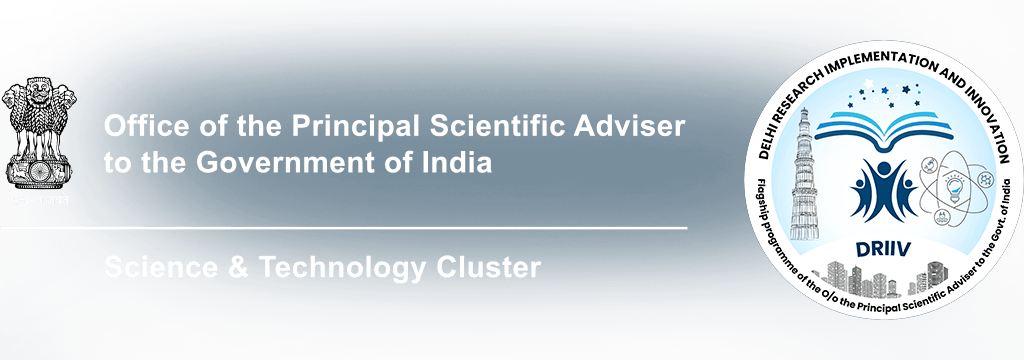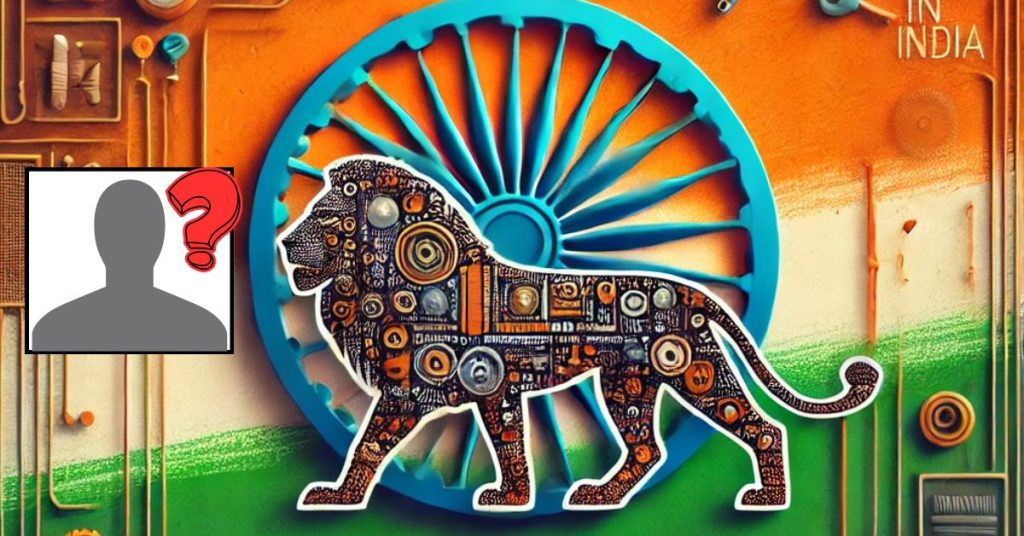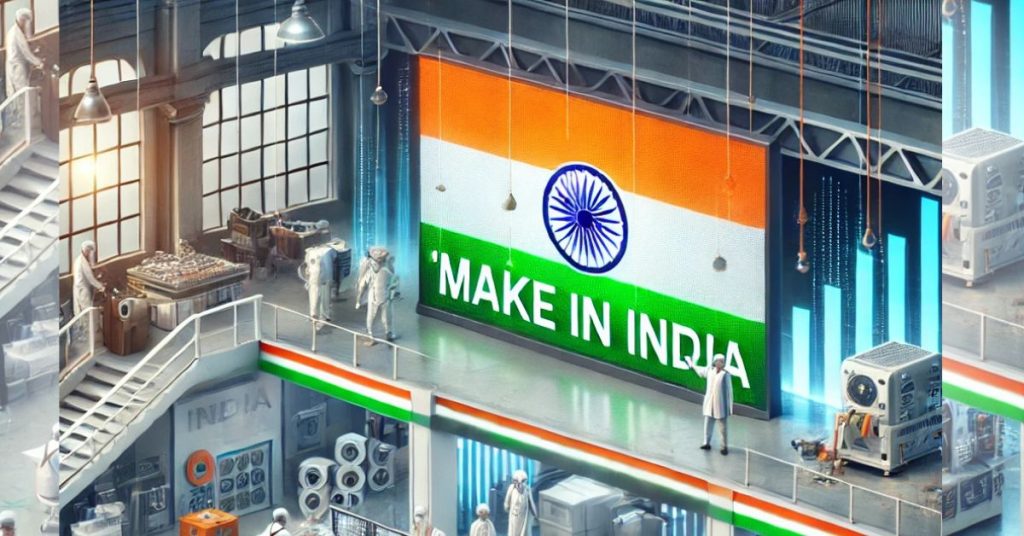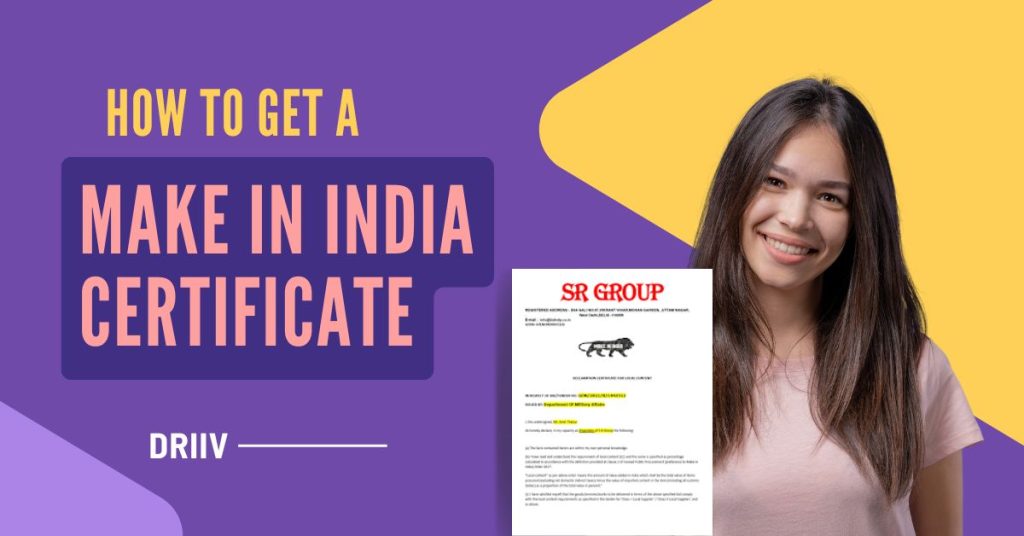“Make in India” is one of the most well-known initiatives launched by the Indian government. It was introduced by Prime Minister Narendra Modi on September 25, 2014. The goal of this campaign is to encourage companies to manufacture their products in India and boost the country’s economy.
But who is the brand ambassador of Make in India? This is a common question, and the answer might surprise many people. Unlike other government campaigns, Make in India does not have a specific brand ambassador. Instead, the initiative itself is promoted by the Indian government, industries, and business leaders.
Why is There No Official Brand Ambassador?
Many government campaigns have brand ambassadors who are usually celebrities, sports stars, or influential personalities. However, Make in India is different. The government has not appointed any single person as its brand ambassador. Instead, the campaign is represented by:
- The Indian Government
- Prime Minister Narendra Modi
- Business leaders and industrialists
- Indian and foreign investors
The success of Make in India depends on industries, entrepreneurs, and global companies investing in India. This is why, instead of choosing one person as the face of the campaign, the government has allowed the entire business community to represent it.
How Does PM Narendra Modi Promote Make in India?
Although there is no official brand ambassador, Prime Minister Narendra Modi is the most active promoter of Make in India. He talks about this initiative at international meetings, business forums, and events. Some key ways in which he promotes Make in India include:
- Encouraging Foreign Investment
- PM Modi invites companies from countries like the USA, Japan, Germany, and South Korea to set up factories in India.
- He assures them of government support and a business-friendly environment.
- Hosting Global Summits
- The government organizes events like the Make in India Week, where global business leaders discuss investment opportunities in India.
- These summits help attract investors and showcase India’s potential.
- Policy Changes and Reforms
- To make India a better place for manufacturing, the government has introduced new policies.
- Reforms in taxation, land acquisition, and labor laws have made it easier for companies to start manufacturing in India.
- Promoting India as a Manufacturing Hub
- PM Modi frequently speaks about India’s skilled workforce, low production costs, and huge market.
- He highlights how India is a great place for industries like automobiles, electronics, textiles, and defense manufacturing.
Role of Indian Business Leaders in Make in India
Even though there is no official ambassador, several Indian business leaders have played a crucial role in supporting the campaign. Some of them include:
- Mukesh Ambani (Chairman of Reliance Industries)
- Reliance has invested heavily in India’s manufacturing and digital infrastructure.
- Ambani has praised the Make in India initiative and supported its vision.
- Ratan Tata (Chairman Emeritus of Tata Group)
- Tata Group has been a strong supporter of Make in India.
- Tata Motors, Tata Steel, and other Tata companies have expanded their production in India.
- Anand Mahindra (Chairman of Mahindra Group)
- Mahindra has promoted the idea of manufacturing in India and supported government initiatives.
- The company has expanded its automobile and defense manufacturing under the Make in India scheme.
- Gautam Adani (Chairman of Adani Group)
- Adani Group has invested in ports, infrastructure, and energy projects in India.
- Adani has emphasized the importance of Make in India in boosting industrial growth.
Foreign Companies Supporting Make in India
Many global companies have also shown interest in the Make in India initiative. Some well-known examples include:
- Apple – Started assembling iPhones in India.
- Samsung – Set up one of the world’s largest mobile manufacturing factories in Noida, India.
- Tesla – Plans to enter the Indian market and set up a manufacturing unit.
- Foxconn – A leading manufacturer of electronics that has expanded its presence in India.
- Boeing & Airbus – Investing in India’s aviation and defense manufacturing sector.
Key Sectors Under Make in India
Make in India focuses on several key industries to boost manufacturing. Some of the important sectors include:
- Automobile Industry – Encouraging companies to produce cars, bikes, and electric vehicles in India.
- Electronics Manufacturing – Increasing the production of smartphones, laptops, and other electronic devices.
- Textiles & Apparel – Promoting India as a global hub for clothing and fabric production.
- Pharmaceuticals – Expanding India’s medicine and healthcare industry.
- Aerospace & Defense – Encouraging foreign companies to build defense equipment in India.
Achievements of Make in India
Since its launch in 2014, Make in India has achieved several milestones. Some of the key achievements include:
- India became the world’s second-largest mobile phone manufacturer.
- FDI (Foreign Direct Investment) in India has increased significantly.
- Many global companies have set up factories in India, creating jobs.
- India has become a leading exporter of automobiles and machinery.
Challenges Faced by Make in India
Although Make in India has seen success, there are still some challenges:
- Infrastructure Issues – India needs better roads, ports, and power supply to support large-scale manufacturing.
- Bureaucratic Delays – Some businesses face difficulties due to slow government approvals.
- Skilled Workforce Shortage – More training programs are needed to develop skilled workers.
- Global Competition – India competes with countries like China, Vietnam, and Bangladesh in the manufacturing sector.
Conclusion
Make in India is one of the most ambitious campaigns launched by the Indian government. While it does not have a specific brand ambassador, Prime Minister Narendra Modi and top business leaders actively promote it. The success of this initiative depends on industries, investors, and the government working together to make India a global manufacturing hub.
With the right policies, investments, and efforts, Make in India has the potential to transform India’s economy and create millions of jobs.
Also Read:
Frequently asked questions
What is the purpose of the Make in India initiative?
Make in India aims to boost manufacturing in India, create jobs, and attract foreign investments. It encourages companies to set up factories in India and produce goods locally. This helps strengthen India’s economy, reduce imports, and make the country a global manufacturing hub.
Who is the brand ambassador of Make in India?
Make in India does not have an official brand ambassador. Instead, the Indian government, Prime Minister Narendra Modi, and business leaders promote the initiative. Many Indian and foreign companies also support it by investing in manufacturing in India.
What industries does Make in India focus on?
Make in India supports industries like automobiles, electronics, textiles, pharmaceuticals, and defense manufacturing. The goal is to increase production in these sectors, reduce dependence on imports, and make India a leader in global manufacturing.
How does Make in India benefit the economy?
Make in India helps the economy by increasing local manufacturing, creating job opportunities, and attracting foreign investments. When more products are made in India, exports grow, imports reduce, and the country’s GDP improves, making India stronger economically.
What are the challenges faced by Make in India?
Some challenges include inadequate infrastructure, bureaucratic delays, the need for a skilled workforce, and competition from countries like China and Vietnam. The government is working to improve these areas to make India a better place for manufacturing.




